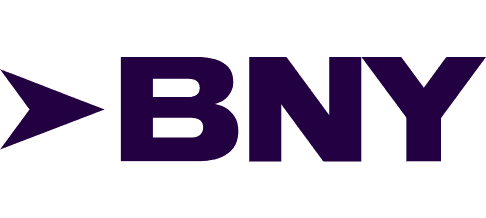Connect Order Desk and ShipStation integrations
Connect Order Desk and ShipStation with any of your favorite apps in just a few clicks. Design, build, and automate anything for your work by integrating apps like Order Desk and ShipStation to create visual automated workflows. Choose from thousands of ready-made apps or use our no-code toolkit to connect to apps not yet in our library.
Trusted by thousands of fast-scaling organizations around the globe





Automate your work. Build something new.
Just drag and drop apps to automate existing workflows or build new complex processes. Solve problems across all areas and teams.

Build your Order Desk and ShipStation integrations.
Create custom Order Desk and ShipStation workflows by choosing triggers, actions, and searches. A trigger is an event that launches the workflow, an action is the event.
Adds funds to a carrier account using the payment information on file.
Adds a tag to an order.
Assigns a user to an order.
Moves specified orders to the specified folder.
Creates a new order.
Creates a new warehouse (Ship From Location).
Creates a shipment.
Creates an inventory item.
Creates an order.
Popular Order Desk and ShipStation workflows.
Looking to get more out of Order Desk and ShipStation? With Make you can visually integrate Order Desk and ShipStation into any workflow to save time and resources — no coding required. Try any of these templates in just a few clicks.
Save new ShipStation orders to a Google Sheets spreadsheet
Every time a new order is created in ShipStation, Make will automatically add that order's info to a new row in your Google Sheets spreadsheet. The template uses this [example spreadsheet](https://goo.gl/5gqH5C).
TRY IT ->Create Shipstation orders from new Google Sheets rows
Every time a new row is added to your Google Sheets, Make will automatically create a new order in ShipStation. The template uses this [example spreadsheet](https://docs.google.com/spreadsheets/d/1U3uMH45w_wnQ0h92W3Tj9Is6tDAGkA23wmGc2nZyD44/edit?usp=sharing).
TRY IT ->Add WhatConverts leads from ShipStation orders
Every time there is a new order in ShipStation, Make will create a lead in your WhatConverts using information received.
TRY IT ->Send Telegram messages for Order Desk orders folder changed
Every time an order is moved to a different folder in your Order Desk, Make wil automatically send you a Telegram message.
TRY IT ->Create Airtable records for new Order Desk orders imported
Every time a new order is imported into your Order Desl, Make will automatically add it to your Airtable as a record. Here's the [table](https://airtable.com/shrfH08GQdWeGGgzY) used in this scenario.
TRY IT ->Add Google Sheets rows for new Order Desk orders imported
Every time a new order is imported to your Order Desk, Make will automatically add it to your Google Sheets as a row. Here's the [sheet](https://docs.google.com/spreadsheets/d/13XJe5rmagXjJsBLNgj-ZRnFaZGlh_owTz8Vf-TqvmPI/edit?usp=sharing) used in this scenario.
TRY IT ->Add Microsoft 365 Excel worksheet rows for new Order Desk orders imported
Every time a new order is imported into your Order Desk, Make will automatically add it to your Microsoft 365 Excel as a worksheet row. Here's the [sheet](https://dnu-my.sharepoint.com/:x:/g/personal/ivanov_d_donnu_edu_ua1/EZnku_Raiv1Ejafy0tFO_FIBeni9ND9yRr8vSkfeB-eeDw?e=8Z9ohd) used in this scenario.
TRY IT ->Create Airtable records for new Order Desk manually created orders
Every time a new order is created manually in your Order Desk, Make will create a record in your Airtable. Here's the [table](https://airtable.com/shr4uVqu5tebdoGNh) used in this scenario.
TRY IT ->Add Google Sheets rows for new Order Desk manually created orders
Every time a new order is created manually in your Order Desk, Make will automatically add a Google Sheets row. Here's the [sheet](https://docs.google.com/spreadsheets/d/1V1WL0c7L5iAznlSRshkxRXHz13g8hiH0ux7zGyPSLsc/edit?usp=sharing) used in this scenario.
TRY IT ->
FAQ
How it works
Traditional no-code iPaaS platforms are linear and non-intuitive. Make allows you to visually create, build, and automate without limits.






